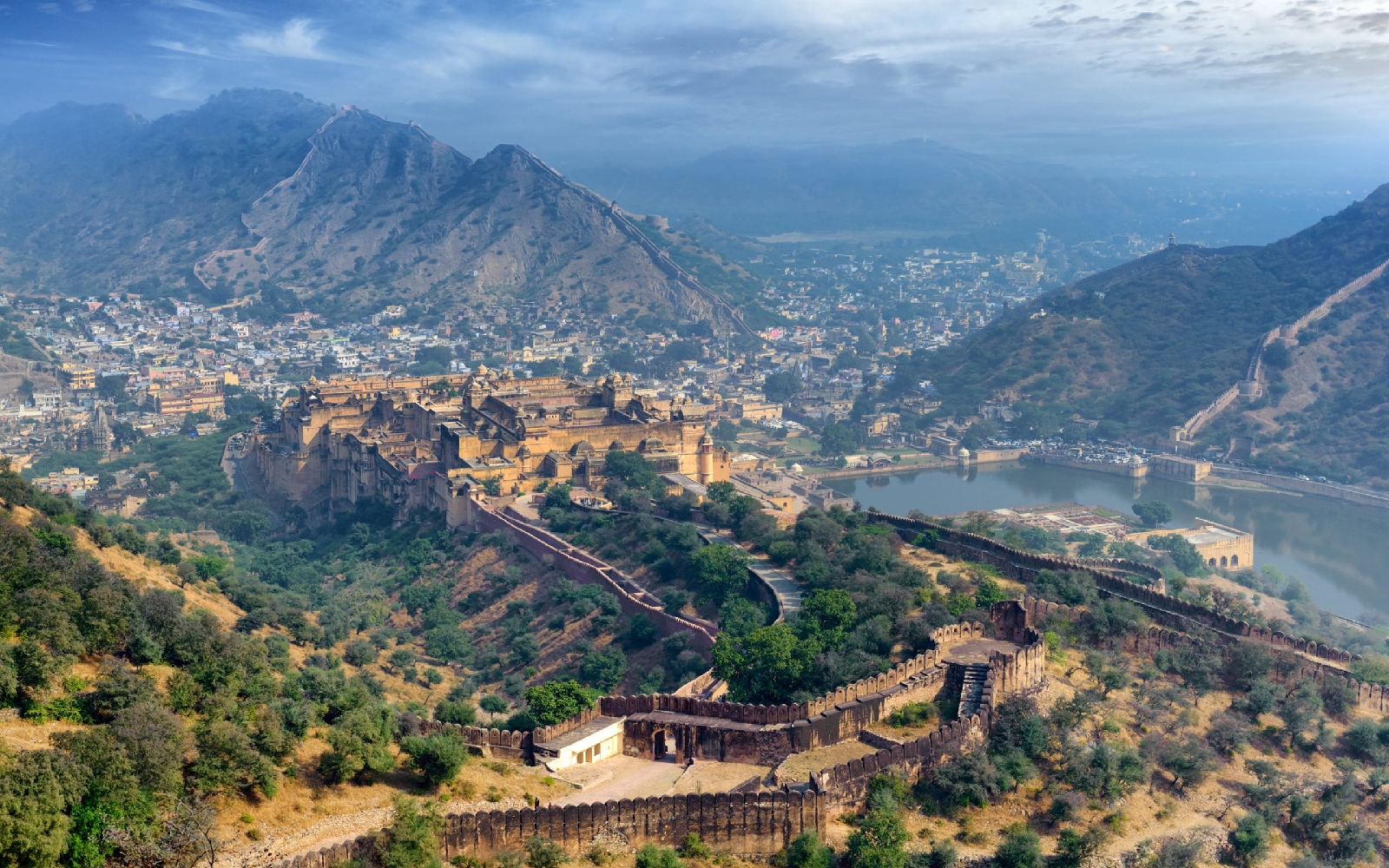Title:
The Majestic Niagara Falls: A Natural Wonder of Power and Beauty
Introduction:
Nature has a way of captivating us with its awe-inspiring wonders, and Niagara Falls stands as a testament to the grandeur and power of the natural world. Located on the border of the United States and Canada, Niagara Falls is a breathtaking spectacle that has mesmerized visitors for centuries. In this blog, we embark on a journey to explore the fascinating details of Niagara Falls, from its geological formation to its enduring allure.
1. A Geological Marvel:
Niagara Falls is the result of millions of years of geological processes. It was formed during the last Ice Age when massive glaciers sculpted the North American landscape. As the glaciers receded, the Great Lakes were formed, and the Niagara River was created, serving as a channel for the water to flow from Lake Erie to Lake Ontario. The culmination of this natural evolution is the magnificent Niagara Falls, where the water cascades dramatically over a cliff edge.
2. Three Cascading Falls:
The falls consist of three main sections: the Horseshoe Falls, the American Falls, and the Bridal Veil Falls. The Horseshoe Falls, named for its horseshoe-shaped crest, is the largest and most impressive, stretching approximately 792 meters (2,600 feet) wide. The American Falls, located to the southeast, is separated from the Horseshoe Falls by Goat Island. The Bridal Veil Falls, a narrow cascade of water, flows adjacent to the American Falls. Together, these falls create a mesmerizing symphony of roaring water.
3. A Powerhouse of Energy:
Beyond their stunning beauty, the falls are a remarkable source of hydroelectric power. Since the late 19th century, the natural force of the falling water has been harnessed to generate electricity. Hydroelectric plants along the Niagara River produce a significant portion of the energy consumed in the region, highlighting the practicality and sustainability of harnessing nature's power.
4. Tourist Attraction and Natural Haven:
Niagara Falls draws millions of tourists from around the world each year, lured by its majestic scenery and the sheer power of the cascading water. Visitors can experience the falls from various vantage points, including observation decks, boat tours, and even helicopter rides. The surrounding Niagara Falls State Park in the United States and Queen Victoria Park in Canada provide lush green spaces for relaxation, picnics, and leisurely strolls, allowing visitors to immerse themselves in nature's splendor.
5. Environmental Conservation and Preservation:
Preserving the natural beauty and ecological integrity of Niagara Falls is of utmost importance. Efforts have been made to protect the surrounding ecosystems, maintain water quality, and ensure the sustainable use of this precious resource. Organizations and governmental bodies on both sides of the border work together to safeguard the falls and promote responsible tourism practices.
Conclusion:
Niagara Falls stands as an emblem of the extraordinary power and beauty that nature possesses. Its majestic cascades, thunderous roars, and mist-filled air leave an indelible impression on all who witness its splendor. As a geological marvel, a source of renewable energy, and a global tourist attraction, Niagara Falls continues to inspire awe and appreciation for the natural world. It reminds us of the importance of environmental stewardship and the need to preserve these extraordinary wonders for generations to come.



Comments
Post a Comment